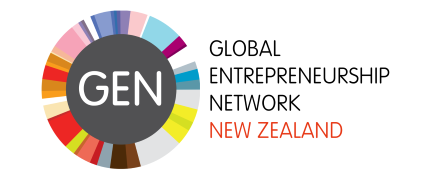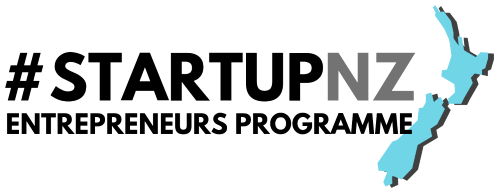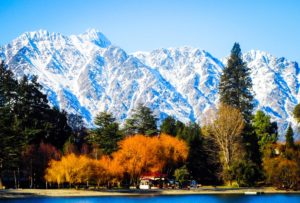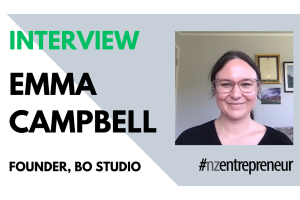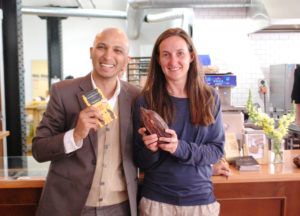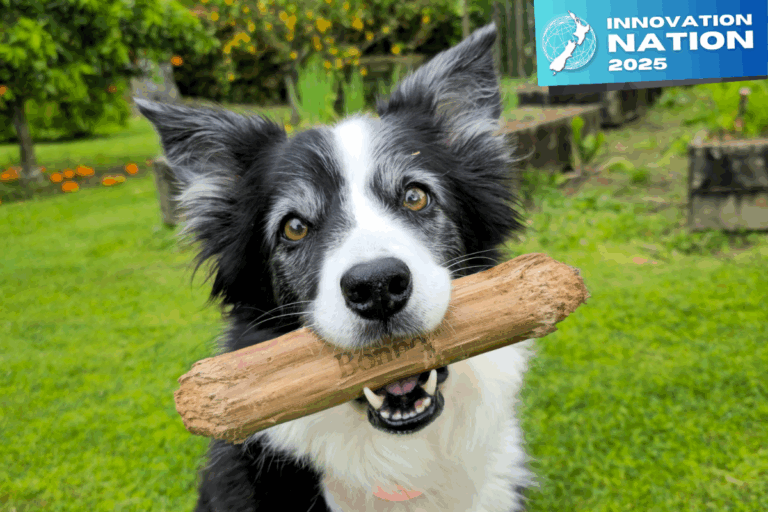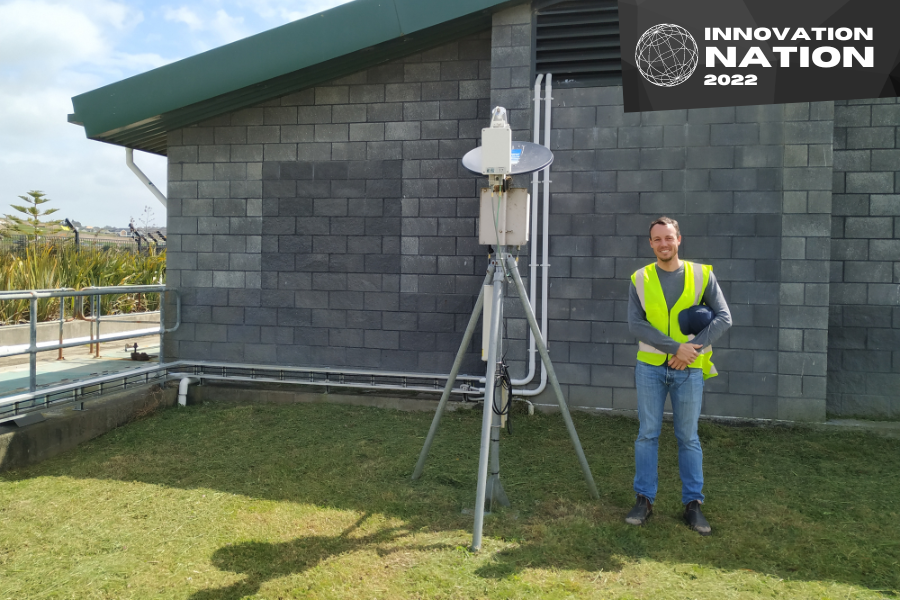
WHO: Weather Radar
Founder: Luke Sutherland-Stacey
HQ: Auckland
website: www.weatherradar.co.nz
What products, services, solutions or technology have you developed?
We work in two main product spaces:
1) Software as a Service
Knowledge of where, when and how much rain has and is falling is essential to optimise the running of New Zealand’s “Three Waters” infrastructure, this will be even more important in the future as we try to manage impacts of climate change.
New Zealand is well served by a modern national network of rain radars (run by NZ MetService) which provide world-class observations of rain in all our main urban centres. However, we learnt from sophisticated users of rainfall information – for example our foundation customer Auckland Council’s Healthy Waters Department – that the rainfall data products provided by MetService weren’t well suited to their needs.
It turned out that the information was error prone and the size of the dataset made it difficult to access and interpret when staff were busy responding to unfolding rainfall events.
As a small, agile group who had specialised in the use of the radar data set in academic settings and with practical experience in engineering in industry, we found we were uniquely placed to listen to the needs of local government and translate those requirements into the necessary science activities to expose the quantitative, accurate and reliable rainfall information embedded in the national radar data.
We partnered with Mott MacDonald Limited, who have developed a Geographic Information System (GIS) based platform for engineering data – “Moata” – to deliver the improved rainfall information in a format which could be easily used by council staff in their day-to-day activities. Now, we provide the analysis of the MetService radar information for Auckland, Northland and Wellington with another region about to sign on.
2) New Weather Radar Hardware
The national weather radar network is exceptionally complicated and there are numerous intricacies which impact the quality of the raw observations which we process to provide reliable rainfall estimates to our clients. In support of the Software as a Service system, we have developed a network of “Vertically Pointing Radars” around the Auckland region which are used to interrogate in detail the performance of the MetService radar system and allows us to make corrections which directly address various sources of measurement bias.
In the process of developing this new approach, we’ve been fortunate to be supported by an MBIE “Smart Ideas” project which allowed us to develop a new type or radar receiver (which we are now building into the network).
WHAT KEY CUSTOMER PROBLEMS OR CUSTOMER “WANTS” DOES YOUR SOLUTION SOLVE?
Our customers really want perfect knowledge of past and future rainfall. Unfortunately, this isn’t physically possible because 1) sensor technology is imperfect and can’t measure everything, everywhere, all the time, flawlessly, and 2) forecasting of rainfall is limited by similarly imperfect models and the same imperfect observations, and moreover physics limits on the how well the future can be forecast for a fundamentally chaotic system like weather.
In practice then, our clients (local government Three Waters practitioners) want rainfall observations and forecasts which gives them any kind of help they can get to do their jobs.
Our first work addressed a very specific need for Auckland Council Healthy Waters Department: rainfall information to support generation of internal post-event reporting for management and elected councillors. After a flooding event, Council staff prepare a report on the impact of the rain (flooding) on the community, how well civic infrastructure performed and lessons learned, possibly extending to recommendations for engineering investigations or changes to plans or assets. Staff found the information available from incumbent sources was not providing the required level of detail about where, when and how much rain had fallen, which made it difficult to understand how well infrastructure performed. We solved this information gap with improved data processing of the existing MetService radar observations, unlocking the value of central government’s investment for the benefit of local government and the communities they serve.
Since the initial post-event reporting work, we’ve been extending and refining our products to provide the rainfall information as quickly as possible. Before we started this work it might have taken council staff days to work up diagrams which are now available instantly. So much so that the system we initially envisaged being used to offline reporting is transforming into an operational dashboard for rainfall information to provide decision support during unfolding rain events.
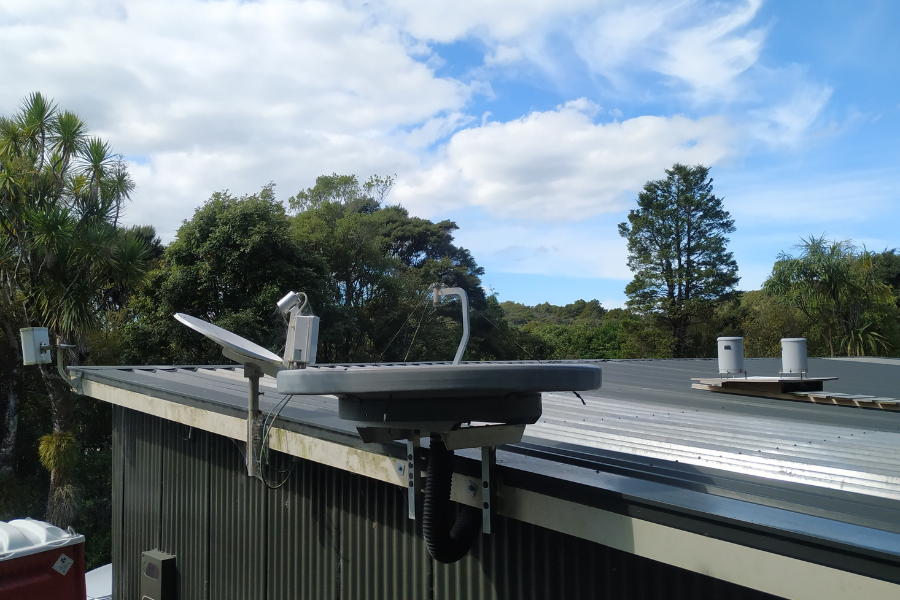
Who and where are your target customers?
We are primarily focused on NZ local government Three Waters users. This means, the groups responsible to the communities in which we all live, for provision of Drinking water, Stormwater and Wastewater Services.
How and when did you first come up with the idea for your business?
I had two influential mentors during my time at University. Before taking up his position at UoA, doctoral supervisor Geoff Austin led the McGill radar observatory in Montreal. Geoff designed and built novel weather radar hardware there, and continued these activities at UoA. I was fortunate to join a very mature research group and able to get a running start at radar science with a field project for Mighty River Power.
The project was formative for me in that I was exposed to the idea that the performance of well understood engineering systems (in this case: hydro power generation) is extremely dependent on chaotic natural systems, which we struggle to measure or forecast with certainty, such as rainfall.
At the same time, I had been working for Rob Dexter at a small business, DCM Process Control, specialising in water quality measurement sensors, with a primary focus on optimising wastewater treatment plant efficiency.
I was struck by the similarities in terms of the paucity of reliable observations across these engineering fields and also the difficulties that the university-based system had in talking with stakeholders and then translating science into solutions for these issues. I found that translation problem extremely interesting and developed the view that it was not something which could be solved within the university system. I turned down the offer of a post-doctoral position and started my business instead.
What are three things about your business that you are proud of?
- I recognise that I wouldn’t have been able to start this business without the skills I gained at university and in my previous employment. I’m most proud of the opportunities my business has had to work with the next generation of scientists. I’ve been privileged to employ some amazing young people who have gone on to start amazing careers of their own in a range of scientific and engineering fields, from modelling climate change processes in the southern ocean to building quantum computers.
- In terms of our core activities, it is extremely rewarding to see the data products we’ve developed in collaboration with Auckland Council being increasingly employed in downstream work. The data touches a huge range of activities and the multiplicative impact of the work we’ve done on engineering projects is something that we can imagine is making improvements to the everyday lives of New Zealanders.
- I think operating as scientists in New Zealand we enjoy a mindset which is relatively innovative and we have a knack for seeing problems in a different way. We’ve developed a new type of radar transceiver to aid us in our work, this far in to the development pathway it’s easy to forget that there was huge technical uncertainty about if what we were trying to do was even possible, and we had to overcome the sense that if it was possible, surely it would have already been done by researchers in the US or Europe? I’m very glad that we overcame these imposter-syndrome feelings and persevered.
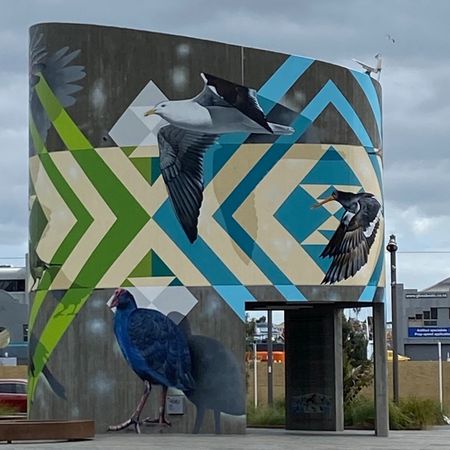
HOW DO YOU MARKET YOUR BUSINESS AND WHAT ADVICE DO YOU HAVE FOR OTHERS AROUND MARKETING?
My business is entirely based on development of long-term professional relationships with stakeholders.
We provide complex technical solutions for which the local government stakeholders we serve had never conceived as possible and consequently had no externally facing procurement strategy. Over the years, through presenting at conferences, meeting with stakeholders and pilot and proof of concept projects we’ve taken stakeholders on the journey of imagining that there is a viable pathway to solving their rainfall observation blind spots and, in the process, build the space in which we operate.
What’s been the biggest challenge you’ve faced in building your business so far?
We’ve bootstrapped the business, so the early years were characterised by extreme financial precarity. My wife has been exceptionally understanding and supportive of my business goals despite the early hardship, which coincided with us starting our family.
What is the biggest entrepreneur lesson you would like to share with other Kiwis thinking of starting their own business?
I’ve worked in a very technical space and I think the key requirements for sustainable business are to first understand what your customers need and how a team can be formed to deliver the technical pathway to a good-enough product that they can honestly say their operating conditions (e.g. uncertainty, risk etc) are improving.
Not all a client’s needs can be fulfilled, and certainly not instantly, but measurable incremental progress towards a long-term goal is a good basis for a fulfilling business and professional experience. I think I embarked on a pathway which I was sure would be successful if I did things carefully, rigorously and honestly, because I was confident I invested my own time and money in the business and I think that test is an important threshold for anyone contemplating starting a business.
Story created in partnership with Grid AKL.

